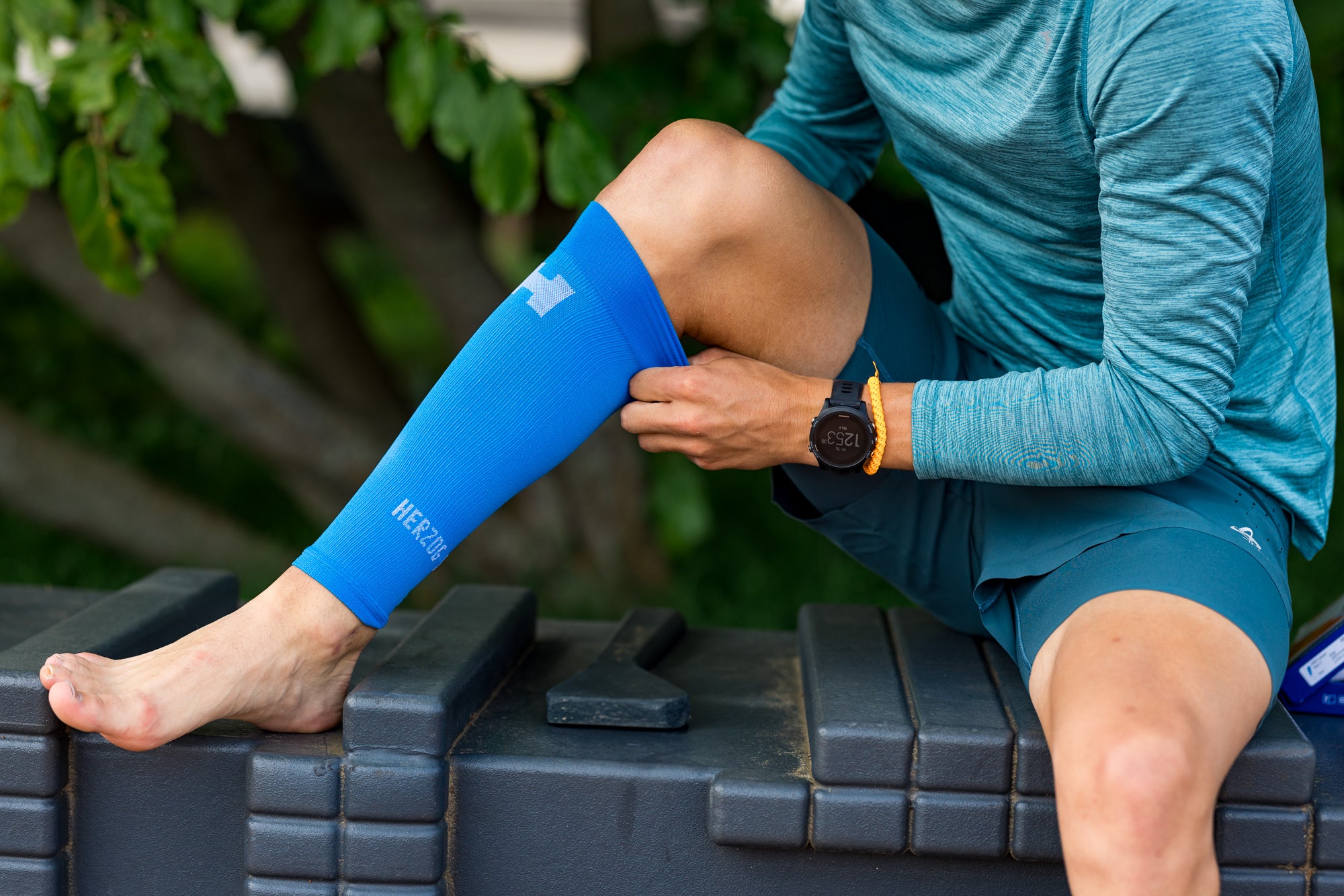3. Do proper stretching and warm-up
Stretching the muscles just before a workout can significantly help prevent shin pain. Focus extra on stretching your calves and shins. For example, before your workout, walk a few meters on your toes to warm up your calves and on your heels to activate your shins. After training, stretching can also relieve pain in your calves and Achilles tendons, which are loosened by stretching.
4. Do strength training to strengthen the muscles
The stronger your lower legs become, the greater the chance that your lower legs can absorb the shocks during running. There are many strength exercises that help strengthen the calf and shins. Consider eccentric calf exercises, where you stand with your toes on a bench and gently lower your heels. In addition, strength training for the entire legs is also recommended in combination with core training. This rules out the possibility that your lower legs will compensate for a lack of strength in another part of the body and therefore become overloaded.





